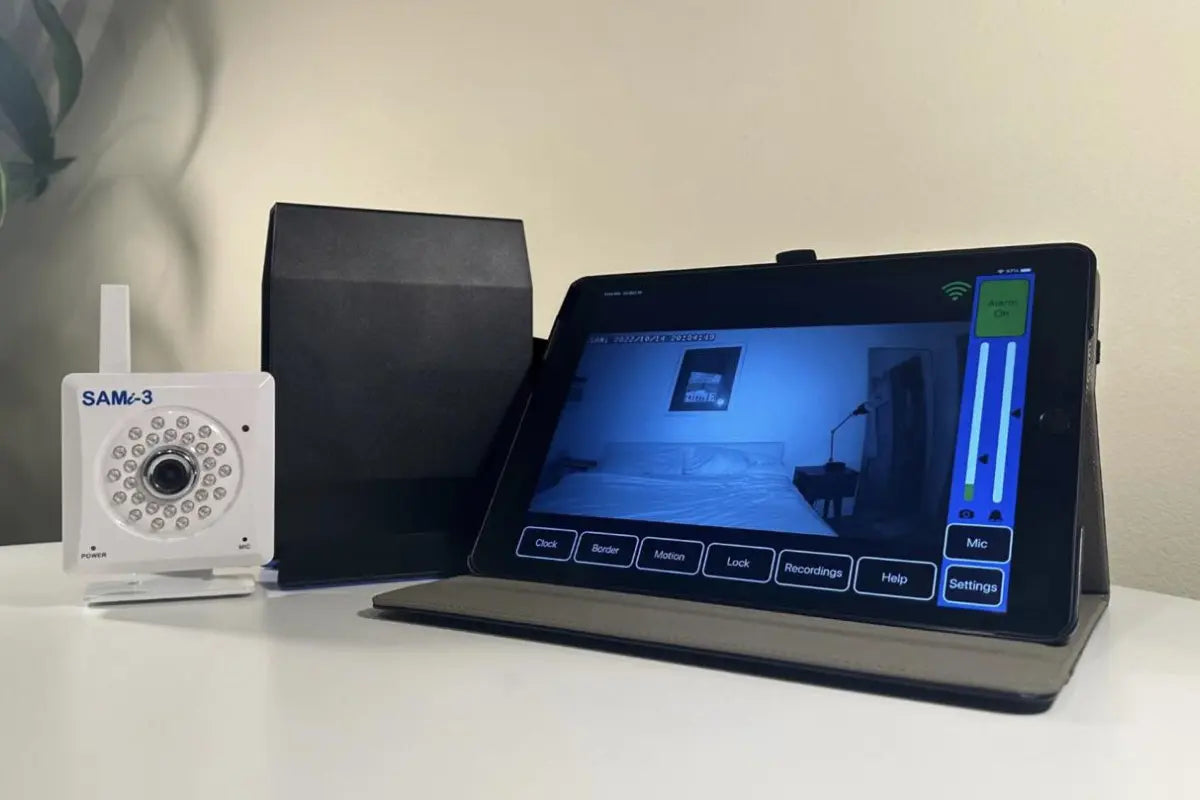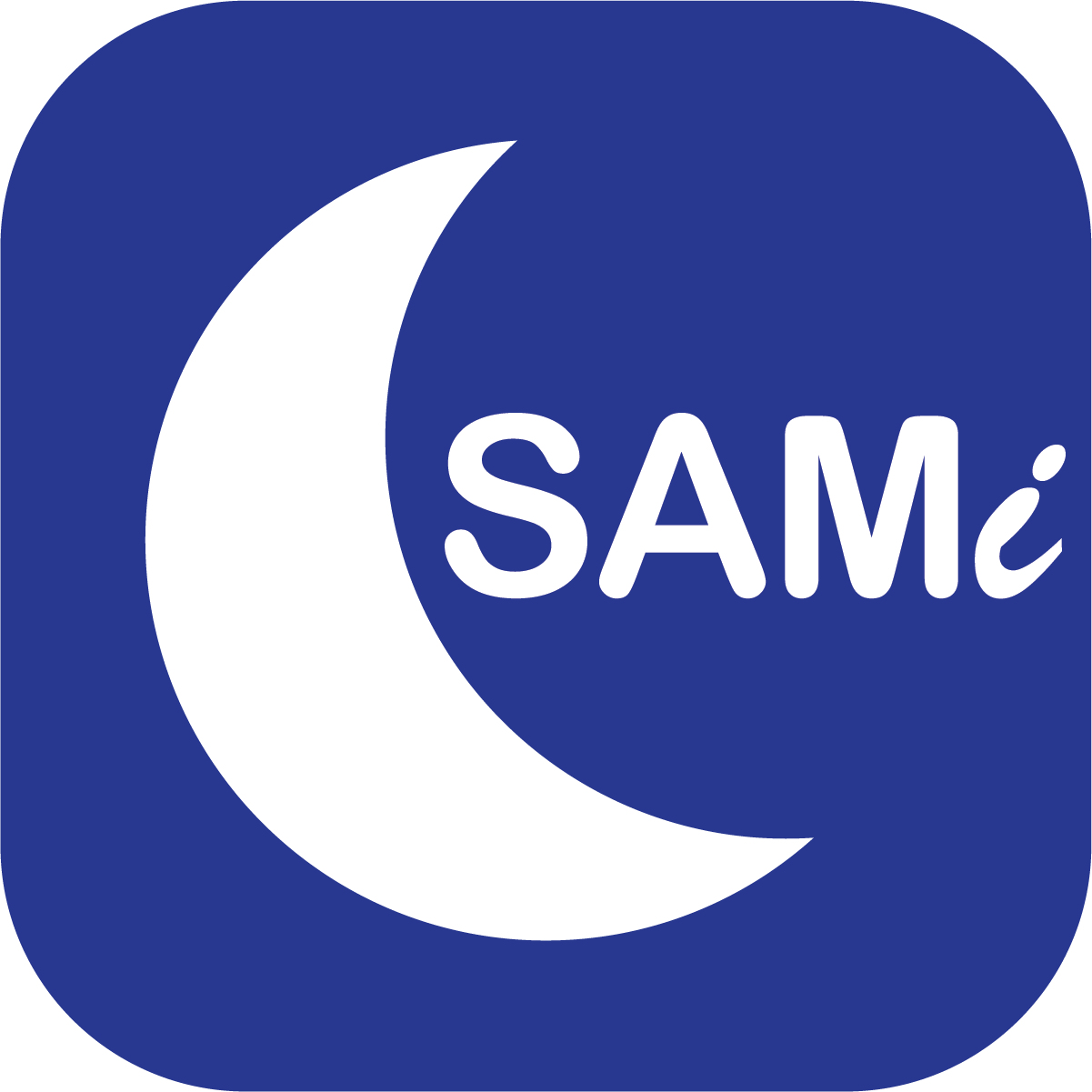The advancement of medical technology has brought about significant changes in how we approach healthcare, particularly in the realm of chronic conditions like epilepsy. One such breakthrough is the development of seizure detection technology, which has become a game-changer for individuals prone to seizures, especially during the night. These technologies not only offer a sense of security but also empower patients and caregivers with real-time data and alerts that can potentially save lives. The integration of these systems into everyday life marks a pivotal step forward in managing and understanding epilepsy and similar conditions.
Understanding the Technology Behind Nocturnal Movement Cameras
How It Works
The core functionality of a seizure detection camera rests on its ability to monitor a person without intruding on their privacy or sleep quality. Leveraging a nocturnal sleep camera with night vision technology can capture clear video even in complete darkness, ensuring continuous monitoring throughout the night. Additionally, they utilize sophisticated algorithms to analyze movement patterns, differentiating between normal sleep movements and those indicative of a seizure.
Integration with Health Monitoring Systems
Nighttime sleep cameras seamlessly integrate with broader health monitoring systems, enhancing their utility. This integration means that not only can these cameras provide immediate alerts during a seizure event, but they can also record valuable data over time. This data, which involves seizure frequency, duration, and intensity, can be synced with other health metrics collected through wearable devices or health apps. This holistic view of a patient's health status is instrumental for medical professionals in tailoring treatment plans and understanding the efficacy of prescribed medications.
Features of Smart Seizure Alert Cameras
Beyond basic monitoring, these cameras often include two-way audio communication, allowing caregivers to speak to and comfort the individual if they are conscious during or after a seizure. Some models also feature temperature sensors, recognizing if the room's temperature falls outside a safe range, which could be particularly relevant for individuals whose seizures are sensitive to environmental factors.
The Role of AI
Artificial Intelligence (AI) plays a pivotal role in enhancing the capabilities of nocturnal sleep cameras. AI algorithms are trained to recognize complex patterns associated with seizures, improving over time as they are exposed to more data. This learning ability means that the detection accuracy of these cameras improves continuously, reducing false alarms and increasing the likelihood of catching subtle seizures that might otherwise go unnoticed. AI's contribution to these systems underlines the cutting-edge nature of modern seizure detection technology, promising even greater advancements in the future.
Advantages of Using Nighttime Movement Cameras
Peace of Mind for Patients and Caregivers
The introduction of nighttime sleep monitors into the homes of those living with epilepsy or other seizure-prone conditions has been transformative, providing unparalleled peace of mind. For caregivers, the constant worry about the well-being of their loved one, especially during the night, can be overwhelming. These advanced monitoring systems offer a vigilant eye, ensuring that help can be provided at a moment's notice. For patients, knowing that their condition is being monitored and that they are not alone in their struggle can significantly reduce anxiety related to sleeping and general safety.
Monitoring and Understanding Seizure Pattern
One of the key advantages of nocturnal sleep cameras is their ability to collect data on seizure occurrences, which can be crucial for managing epilepsy. By keeping track of when seizures happen, their duration, and any noticeable triggers or patterns, patients and healthcare providers can gain insights into the nature of the seizures. This information can be instrumental in identifying potential lifestyle adjustments or medication changes that could help in reducing the frequency or severity of seizures, making these devices an invaluable tool in the ongoing management of epilepsy.
Quick Response and Intervention
These devices are specifically designed to monitor individuals at risk of seizures and provide immediate alerts to caregivers, allowing for quick intervention. This functionality is critical, as timely assistance can significantly mitigate the risks associated with seizures, such as potential injury or the consequences of prolonged seizure activity. The process from detection to alert generally follows these steps:
-
Detection of Unusual Movements or Physiological Signals: The initial step in the seizure detection process involves the camera's ability to identify any unusual movement or physiological signals that may indicate the onset of a seizure. This capability is foundational, as it sets the stage for all subsequent actions. By continuously monitoring for specific patterns of movement or physiological changes, such as unusual muscle contractions or alterations in heart rate, the camera can promptly recognize the potential onset of a seizure.
-
Real-time Analysis to Confirm Seizure Likelihood: Upon detecting potential seizure indicators, the system engages in a crucial second step: analyzing the data in real-time to confirm the likelihood of a seizure event. This analysis involves sophisticated algorithms that assess the detected movements or physiological signals against known seizure characteristics. The ability to analyze and confirm seizure activity accurately and swiftly is paramount, as it directly impacts the response time of caregivers.
-
Immediate Alert to Caregivers: Following the confirmation of a seizure event, the system's next immediate action is to send an alert to the caregiver's phone or other designated devices. This step is where the system's real-time monitoring and analysis capabilities translate into actionable intelligence. By ensuring that caregivers receive instant notifications, the system facilitates a rapid response, which can be critical in preventing injuries or addressing the seizure effectively. Because of the warning mechanism's timely and dependable design, caregivers may rely on the system to notify them when their assistance is required.
-
Quick Assessment and Intervention by Caregiver: Once an alert is received, caregivers play a crucial role in the next step of the process. Armed with the knowledge that a seizure is occurring, they can quickly assess the situation and decide on the most appropriate course of action. This may involve providing physical support to prevent injury, administering medication to help stop the seizure, or, in severe cases, contacting emergency services for additional assistance. The ability of caregivers to respond swiftly and effectively is greatly enhanced by the immediate and accurate alerts provided by the seizure detection system. People who are having seizures can be guaranteed to receive the finest intervention in the shortest period because of this cooperative approach of technology and human care.
The seamless integration of technology with compassionate caregiving through seizure detection cameras represents a significant advancement in ensuring the safety and well-being of individuals with seizure disorders. By providing a systematic and reliable method for detecting, analyzing, and responding to seizures, these devices empower caregivers to offer timely and effective intervention, ultimately improving the quality of care and the lives of those they support.
Contributing to Epilepsy Research
Beyond the immediate nighttime movement camera benefits to individuals and their caregivers, nocturnal movement camera monitors also contribute to broader epilepsy research and treatment advances. The detailed data these devices collect can be anonymized and shared with researchers, offering insights into seizure patterns, triggers, and treatment effectiveness across a diverse population. This wealth of data can help in identifying trends, improving understanding of epilepsy, and driving innovation in treatment methods.
Installing a Seizure Detection Camera
Factors to Consider
A well-chosen camera can significantly enhance safety and provide peace of mind by ensuring that help is readily available when needed. As mentioned before, this technology serves as a critical link between the occurrence of a seizure and the timely intervention by caregivers. Below are the key factors to consider:
-
Sensitivity and Accuracy: One of the most important factors to consider is the camera's sensitivity to movements characteristic of seizures, as well as its accuracy in distinguishing these from normal activity. A camera with high sensitivity and low false alarm rates ensures that caregivers are alerted to actual seizures without being overwhelmed by unnecessary notifications. This balance is critical for providing effective monitoring without causing undue stress or worry to both the individual with epilepsy and their caregivers.
-
Ease of Installation and Use: The ease with which the camera can be installed and used is also an important consideration. Selecting a camera that is straightforward to set up and operate, with an intuitive user interface, can make a significant difference, especially for caregivers who may not be very tech-savvy. An easy-to-use system ensures that the camera is always functioning as intended, providing reliable monitoring without requiring constant adjustments or troubleshooting.
-
Integration with Other Systems: For those who use other home health monitoring devices or systems, the ability of the nighttime sleep monitors to integrate with these technologies can offer a more comprehensive health monitoring solution. By offering a more comprehensive understanding of the person with epilepsy's health and well-being, this integration can improve their overall care and safety.
Selecting the right camera involves a careful evaluation of these factors to find a system that not only provides effective monitoring but also aligns with the specific needs and preferences of the individual and their caregivers. The right technology can make a significant difference in managing epilepsy, enhancing safety, and providing peace of mind for everyone involved.
Optimal Coverage and Functionality
Achieving optimal coverage and functionality with your nocturnal sleep camera involves regular testing and adjustments. Ensure the camera's lens is clean and unobstructed, and periodically review its placement to confirm that it still offers the best view of the sleeping area. It's also a good idea to regularly check the camera's software and update it as needed to benefit from the latest features and improvements in seizure detection algorithms.
Legal and Ethical Considerations
Privacy Concerns
It is paramount that the use of such technology adheres to strict ethical guidelines, ensuring that surveillance does not infringe on the personal dignity and privacy rights of those being monitored. Implementing measures like encrypted data storage, secure data transmission, and strict access controls can mitigate these concerns. Additionally, users and caregivers need to have open discussions about privacy to establish boundaries that everyone is comfortable with, ensuring the technology serves its protective purpose without compromising personal autonomy.
Navigating Regulatory Standards
Seizure detection cameras, like all health-related devices, are subject to regulatory standards designed to ensure their safety, reliability, and effectiveness. Manufacturers must navigate a complex landscape of regulatory requirements, which can vary significantly between jurisdictions. Compliance with these standards is critical not only for the legality of these devices but also for user confidence. Users should seek devices that have been duly certified by relevant health and safety authorities, ensuring that they meet stringent requirements for medical devices.
Balancing Technology with Human Care
The use of such devices should complement, not substitute, the compassionate care provided by family members, caregivers, and healthcare professionals. A holistic approach that combines the strengths of both technological and human resources is key to providing comprehensive care. This balance ensures that while the technology can alert caregivers to a seizure, the human element of care, understanding, and empathy remains at the forefront of the patient's support system.
The journey towards improving the lives of those affected by epilepsy is ongoing, with technology playing a crucial role. The development and refinement of seizure alert cameras and related monitoring systems stand as a testament to the potential of innovation to transform healthcare. By continuing to prioritize the needs, privacy, and dignity of patients, the future of epilepsy care and technology looks bright, promising enhanced safety, independence, and quality of life for individuals living with this challenging condition.





